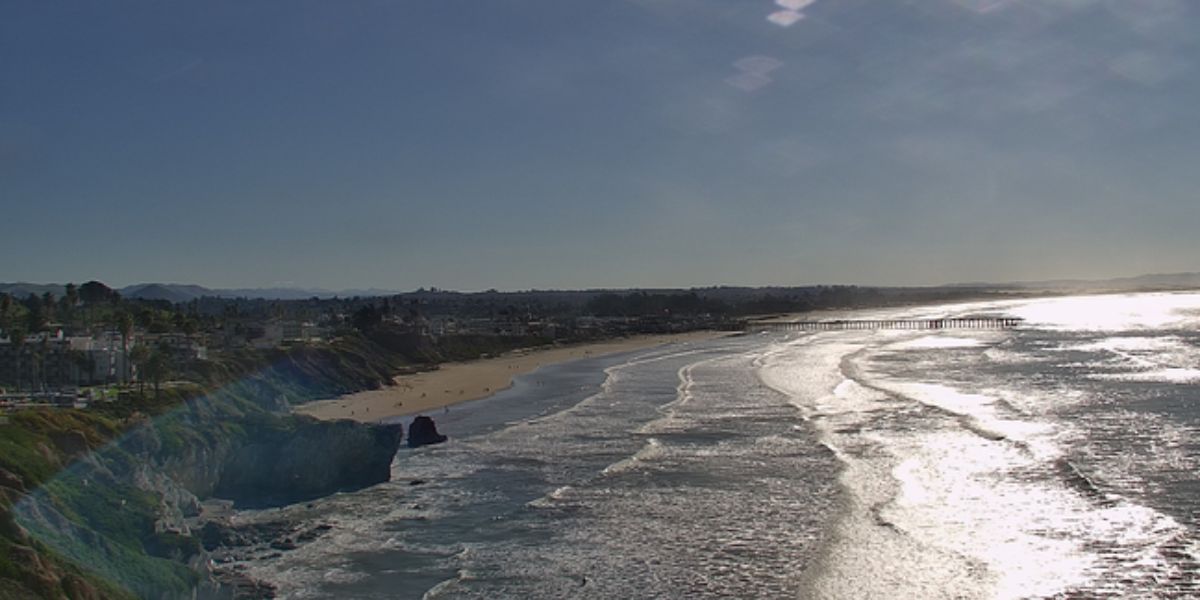The San Luis Obispo County Sheriff’s Office verified that a woman from Georgia who was visiting a California beach with her family died Saturday morning after being smashed by powerful waves.
Brindha Shunmuganathan, 39, and her two children were at Pismo Beach when a strong wave knocked them down at 9 a.m., according to officials.
Shunmuganathan and her family stayed in a neighboring hotel while on vacation, according to authorities. They decided to go to the beach, but a massive wave rushed up and knocked them down while they were shooting pictures.
According to Fox26 News, family members rescued the two children; however, the mother was trapped on a rock bed and was constantly pummeled by oncoming waves.

Bystanders who witnessed the incident dragged Shunmuganathan from the water and attempted CPR on her, according to authorities. According to the Pismo Beach Police Department, officers arrived at the site around 9:11 a.m. Saturday and attempted to save Shunmuganathan.
Police claimed that after many tries, she was pronounced dead at the scene by medics who arrived seconds later. According to the San Luis Obispo County Sheriff’s Office, investigators are awaiting the results of an autopsy to identify Shunmuganathan’s cause of death.
Keeping safe from California’s enormous waves
A swell with large waves and coastal flooding is forecast to hit the West Coast this week. The Pacific Ocean’s strong El Nio trend is generating dangerous waves up to 16 feet in size to return to the California coast.

The National Weather Service warns people to keep away from the water. Deadly waves can rush at least 150 feet up the beach. Experts warn against standing on beach logs because huge waves might roll or lift these massive, water-soaked logs, posing a serious safety danger.
Patrick Barnard, a research geologist at the US Geological Survey’s Pacific Coastal Marine Science Center in Santa Cruz, recently told USA TODAY that the ocean has risen by around 10 inches throughout the West Coast over the last century, and this tendency is continuing.
“We’re riding on a higher baseline when these larger waves come in, so you tend to have larger coastal impacts, more erosion, and more flooding,” Barnard went on to say.
